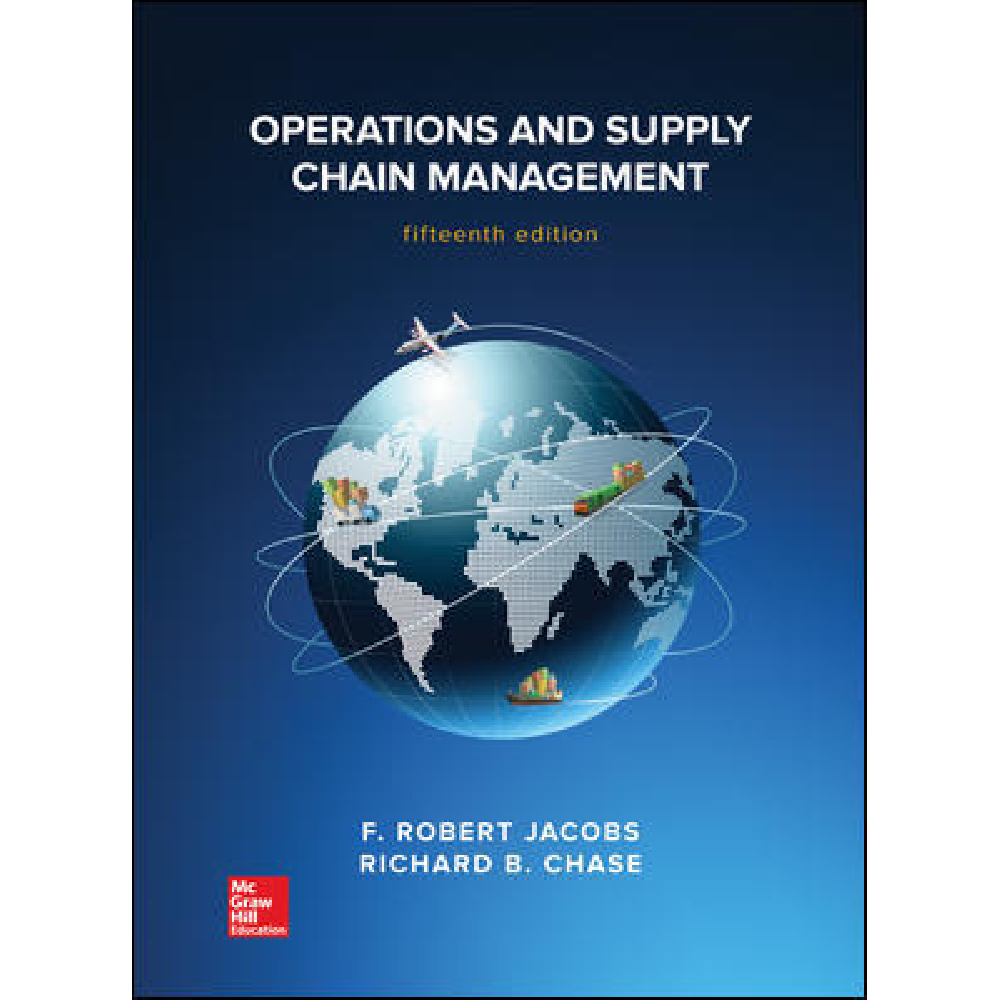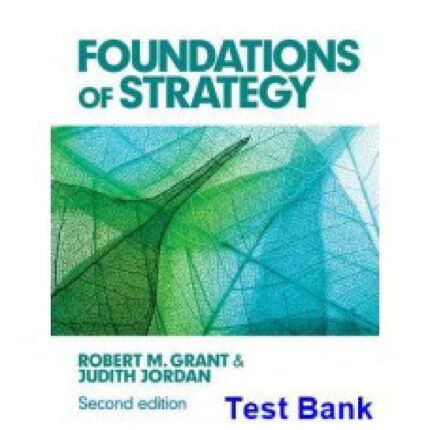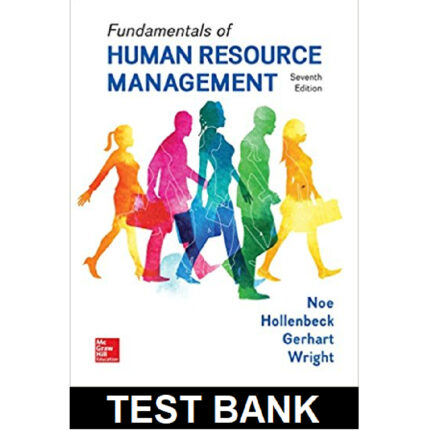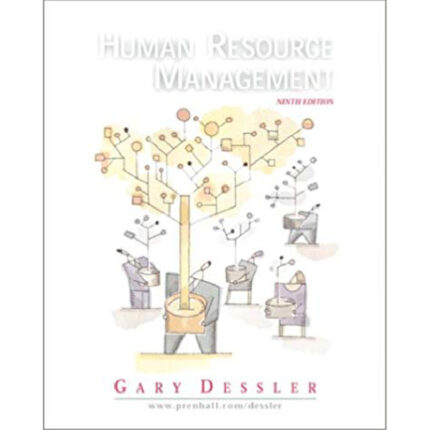Operations And Supply Chain Management 15th Edition By Jacobs – Test Bank
Chapter 11 Test Bank Static
1. A “process” is any part of an organization that takes inputs and transforms them into outputs that, hopefully, are of greater value to the organization than the original inputs.
TRUE
A process is any part of an organization that takes inputs and transforms them into outputs that, it is hoped, are of greater value to the organization than the original inputs.
AACSB: Analytic
Blooms: Remember
Difficulty: 1 Easy
Learning Objective: 11-02 Compare different types of processes.
Topic: Process analysis
2. Cycle time is the ratio of the time that a resource is actually activated relative to the time that it is available for use.
FALSE
The cycle time of a repetitive process is the average time between completions of successive units.
AACSB: Analytic
Blooms: Remember
Difficulty: 1 Easy
Learning Objective: 11-02 Compare different types of processes.
Topic: Process analysis
3. A diamond is conventionally used in a process flowchart to represent a storage area or queue.
FALSE
Decision points are depicted as a diamond with the different flows running from the points on the diamond.
AACSB: Analytic
Blooms: Remember
Difficulty: 1 Easy
Learning Objective: 11-01 Exemplify a typical business process and how it can be analyzed.
Topic: Process Flowcharting
4. A rectangle is conventionally used in a process flowchart to represent a task or operation.
TRUE
Tasks are shown as rectangles.
AACSB: Analytic
Blooms: Remember
Difficulty: 1 Easy
Learning Objective: 11-01 Exemplify a typical business process and how it can be analyzed.
Topic: Process Flowcharting
5. A triangle is conventionally used in a process flowchart to represent a storage area or queue.
TRUE
The storage of goods or other items (are represented) as inverted triangles.
AACSB: Analytic
Blooms: Remember
Difficulty: 1 Easy
Learning Objective: 11-01 Exemplify a typical business process and how it can be analyzed.
Topic: Process Flowcharting
6. Buffering in a production process refers to a storage area between stages of production activity where output of a stage is placed prior to being used in a “downstream” stage.
TRUE
A multiple-stage process may be buffered internally. Buffering refers to a storage area between stages where the output of a stage is placed prior to being used in a downstream stage. Buffering allows the stages to operate independently.
AACSB: Analytic
Blooms: Remember
Difficulty: 1 Easy
Learning Objective: 11-02 Compare different types of processes.
Topic: Types of Processes
7. Blocking in production processes is when activities in a stage must continue because there is no place to deposit completed items.
FALSE
Blocking occurs when the activities in the stage must stop because there is no place to deposit the item just completed.
AACSB: Analytic
Blooms: Remember
Difficulty: 1 Easy
Learning Objective: 11-02 Compare different types of processes.
Topic: Types of Processes
8. One way to categorize a process is to determine whether it is a multiple-stage or a single-stage process.
TRUE
The first way to categorize a process is to determine whether it is a single-stage or a multiple-stage process.
AACSB: Analytic
Blooms: Remember
Difficulty: 1 Easy
Learning Objective: 11-02 Compare different types of processes.
Topic: Types of Processes
9. A bottleneck occurs when a stage in a production process is starving.
FALSE
A bottleneck is the activity in a process that limits the overall capacity of the process.
AACSB: Analytic
Blooms: Remember
Difficulty: 1 Easy
Learning Objective: 11-04 Analyze manufacturing, service, and logistics processes to ensure the competitiveness of a firm.
Topic: Process Analysis Examples
10. When a make-to-order production process is used, production is based on forecasts.
FALSE
Make-to-order process is activated only in response to an actual order.
AACSB: Analytic
Blooms: Remember
Difficulty: 1 Easy
Learning Objective: 11-02 Compare different types of processes.
Topic: Types of Processes













Reviews
There are no reviews yet.